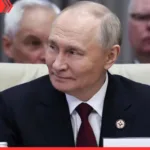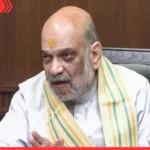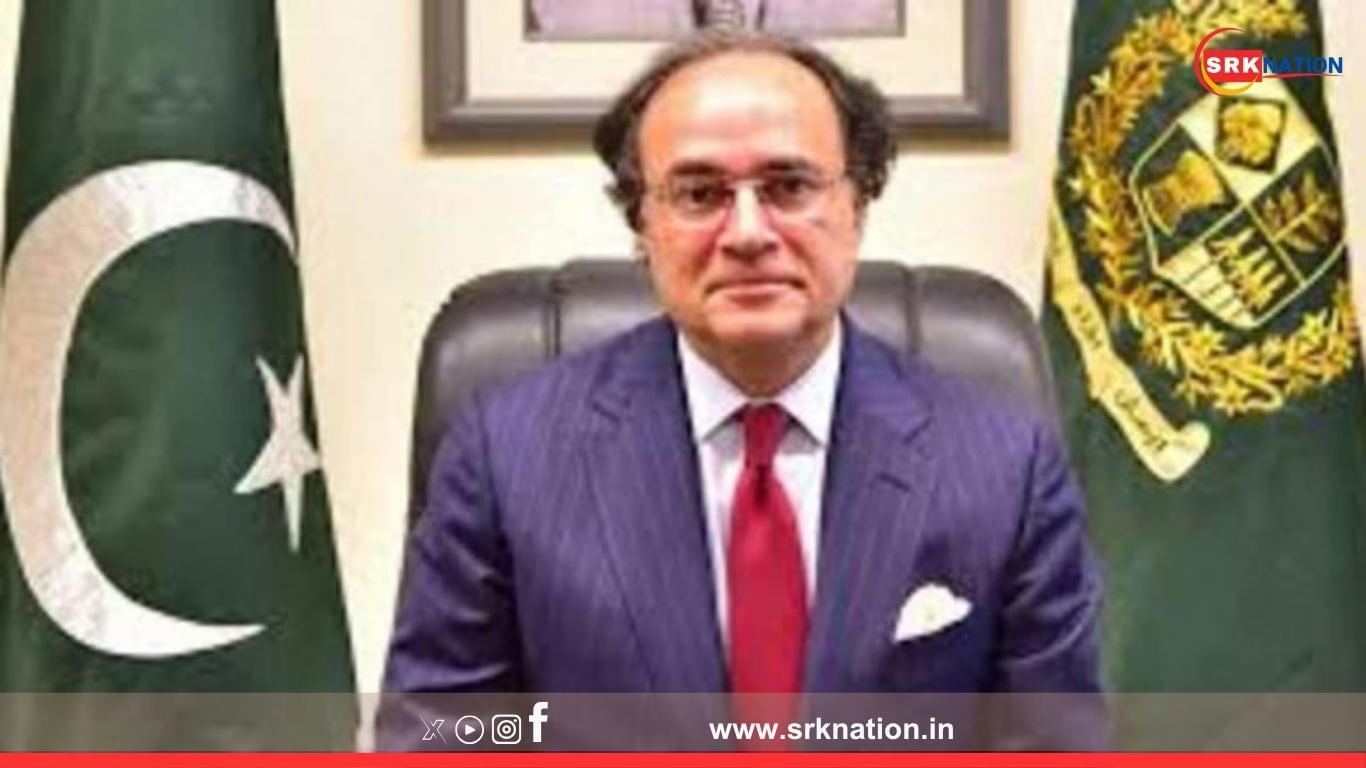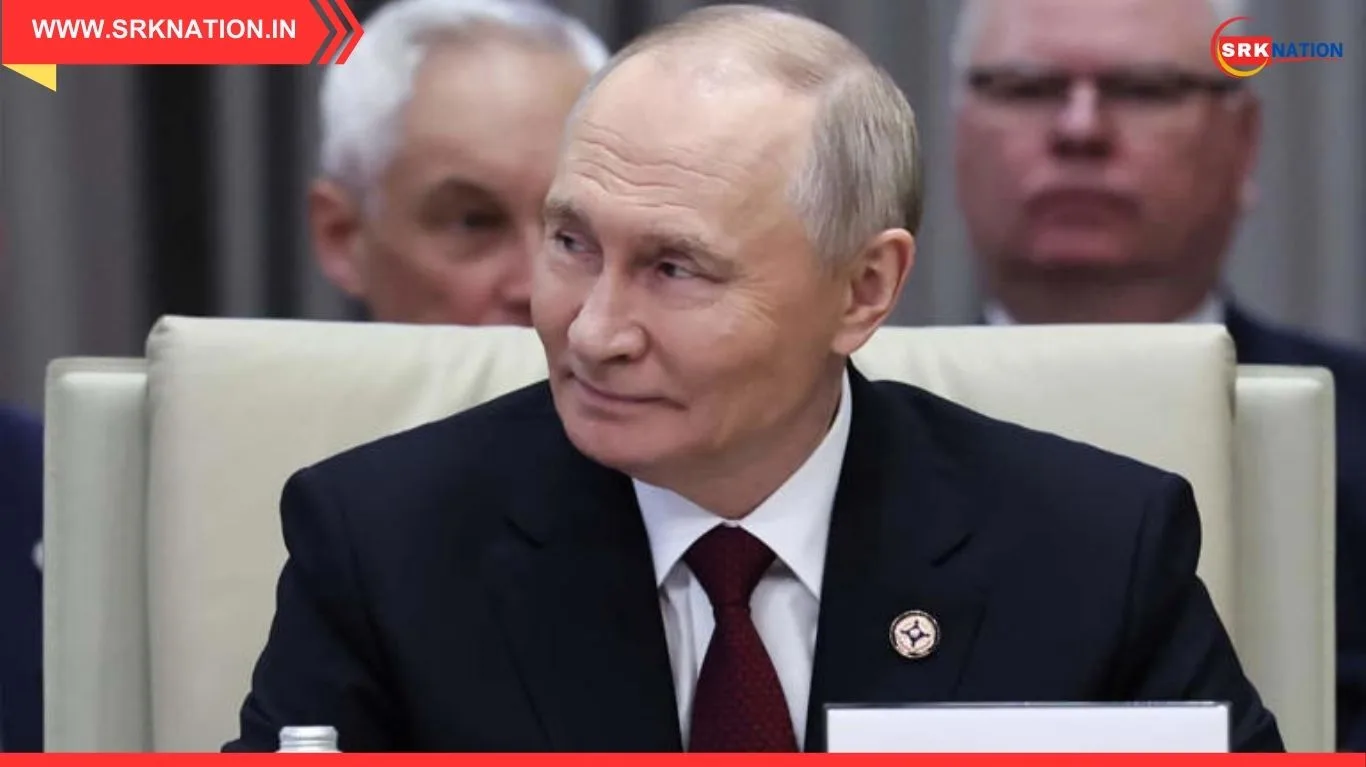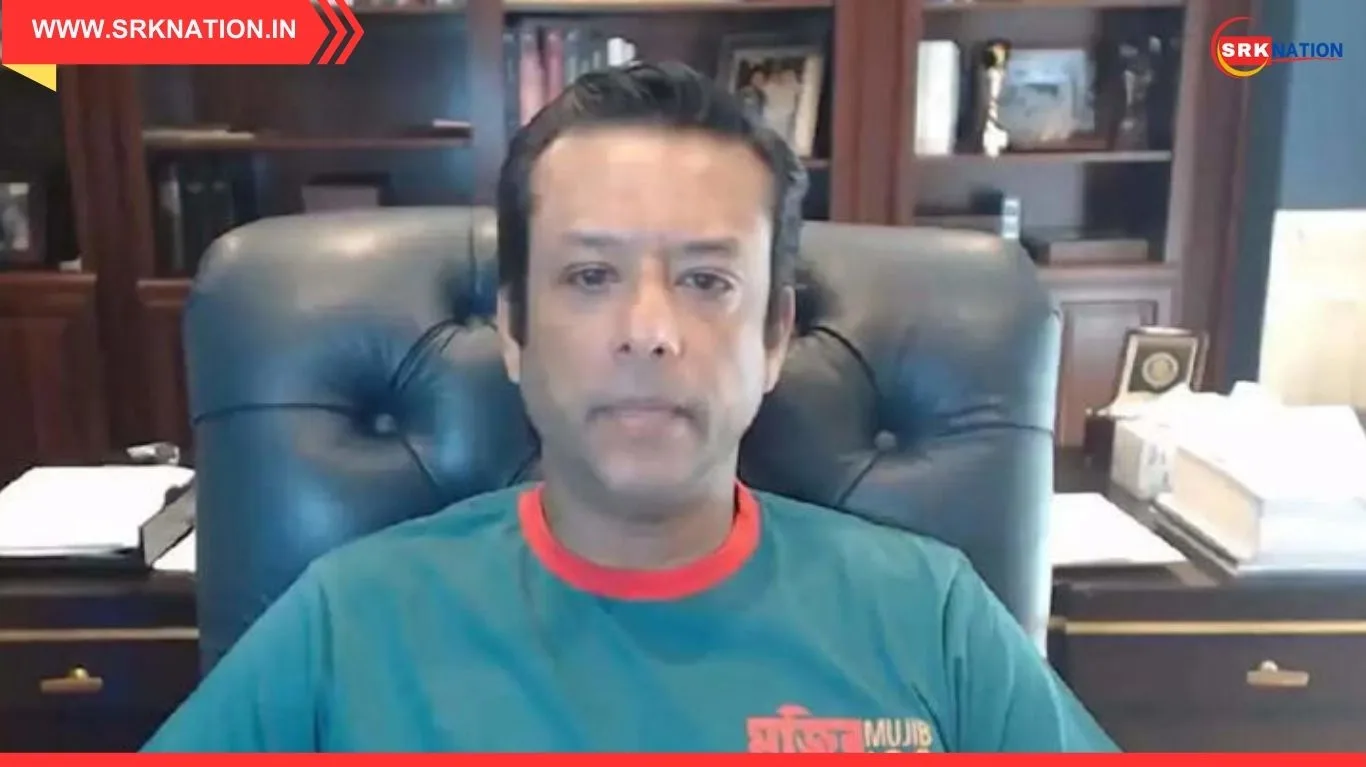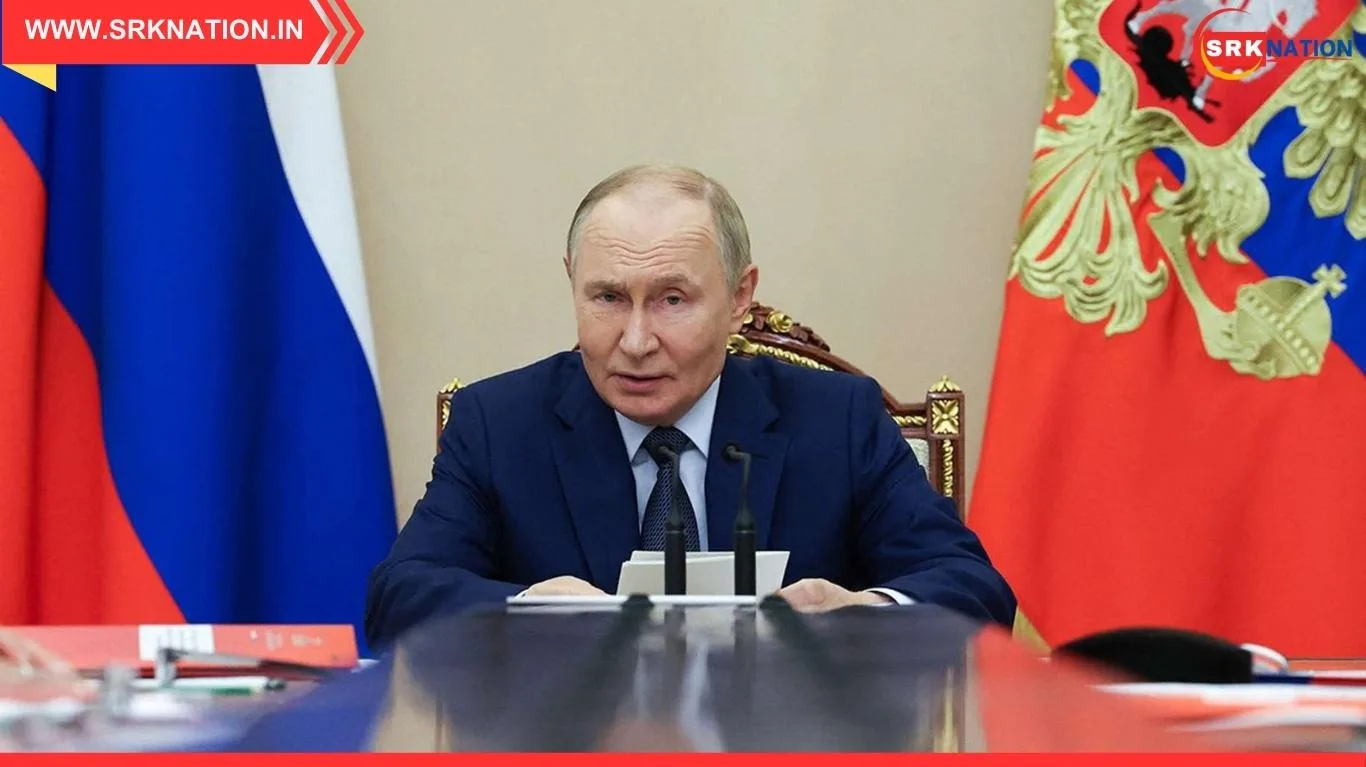Amid mounting economic pressure and foreign exchange shortages, Pakistan is racing against time to secure a comprehensive trade agreement with the United States. With dwindling reserves and rising import bills, Islamabad is aggressively pushing for greater market access and tariff concessions through a strategic bilateral deal. In a bold diplomatic move, Pakistan’s Minister of Commerce and Industries, Jam Kamal Khan, has flown to Washington D.C. for what is being described as the “final round of talks” on a much-anticipated trade framework.
This visit comes at a crucial juncture for Pakistan’s economy, which is grappling with structural weaknesses, low exports, IMF conditions, and inflationary burdens. A breakthrough with the US—Pakistan’s largest single-country export market—could significantly stabilize trade flows, improve investor confidence, and unlock new channels of economic cooperation.
Background: Why Pakistan Needs a Trade Deal Now
Over the past decade, Pakistan’s export portfolio has remained narrow and overly dependent on textiles. The country’s exports have hovered around USD 25-30 billion annually, while imports far exceed this figure, pushing the trade deficit to unsustainable levels. The US remains a key destination for Pakistan’s goods, especially garments, leather, and rice.
However, lack of a formal trade agreement, non-tariff barriers, and complex regulatory frameworks have hindered growth. Islamabad believes a trade pact with Washington can help shift the tide.
Additionally, Pakistan is currently implementing reforms under the International Monetary Fund’s (IMF) Extended Fund Facility. A successful trade deal would not only provide fiscal breathing space but also signal positive intent to international lenders.
Diplomatic Sprint: Minister’s High-Stakes Visit to Washington
Minister Jam Kamal Khan is leading a high-level delegation comprising senior officials from the Ministry of Commerce, textile industry representatives, and members of the Board of Investment. The agenda includes:
- Finalizing terms of a Preferential Trade Agreement (PTA)
- Negotiating textile-specific tariff relaxations
- Ensuring access to US supply chains under nearshoring strategies
- Discussing digital trade, services, and IT collaboration
- Reviewing potential investments in energy and agribusiness
Preliminary discussions began in early 2024, with both sides agreeing to intensify engagements following the revival of the Pakistan-US Trade and Investment Framework Agreement (TIFA).
What’s at Stake? Sectoral Impact of a Potential Deal
| Sector | Current Export to US (USD mn) | Potential Boost Post Deal (%) |
|---|---|---|
| Textiles and Apparel | 5,400 | 30%–35% |
| Leather Products | 950 | 25% |
| Surgical Instruments | 425 | 20% |
| IT & Software Services | 1,100 | 50% |
| Sports Goods | 320 | 15% |
| Agricultural Products | 210 | 40% |
Pakistan’s textile industry, which contributes over 60% of exports, is lobbying for duty-free access similar to what Bangladesh enjoys under the GSP (Generalized System of Preferences). Stakeholders are also pushing for reduced inspection procedures and simplified documentation at US ports.
Obstacles in Finalizing the Deal
Despite positive optics, several roadblocks remain:
- US Congress Approval: Any trade deal requires Congressional ratification, which can be time-consuming and politically sensitive, especially in an election year.
- Labor & Environmental Standards: The US is emphasizing compliance with labor rights, wage protections, and environmental benchmarks—areas where Pakistan faces scrutiny.
- Security & Geopolitical Concerns: US-Pakistan ties have often been defined by security cooperation. Economic ties have lagged behind. Current negotiations must navigate tensions over Afghanistan, China’s role in CPEC, and regional stability.
- Trade Imbalance: The US enjoys a trade surplus with Pakistan. American negotiators are keen to address access for US agriculture, pharmaceuticals, and tech services in the Pakistani market.
The Role of Pakistani Diaspora and Private Sector
Pakistani-American entrepreneurs and diaspora organizations are playing a pivotal role in lobbying for improved trade ties. Over 500,000 Pakistani-Americans are estimated to contribute USD 2.5–3 billion in remittances annually. Now, many are urging policymakers to enable smoother investment pathways and business visas for bilateral growth.
Business chambers such as the Pakistan-US Business Council and American Business Forum in Pakistan have also submitted joint recommendations to fast-track negotiations.
Why the US May Also Benefit
While Pakistan stands to gain economically, the US also sees strategic value in strengthening economic ties:
- Countering Chinese influence in South Asia, especially in light of CPEC investments
- Expanding its nearshoring supply chains for apparel and light manufacturing
- Collaborating on digital governance, cybersecurity, and AI ethics with developing nations
- Gaining leverage in shaping Pakistan’s regulatory and commercial frameworks
Experts point to the Biden administration’s broader Indo-Pacific strategy, which encourages economic engagement beyond India and the ASEAN bloc.
Comparative Trade Analysis with US: South Asia Snapshot
| Country | US Imports (USD bn) | Trade Agreement with US | Main Export Products |
|---|---|---|---|
| India | 97.1 | No FTA | Pharmaceuticals, IT, Gems |
| Bangladesh | 10.1 | GSP | Apparel, Footwear, Jute |
| Sri Lanka | 2.8 | GSP | Tea, Apparel, Rubber |
| Pakistan | 7.6 | No FTA | Textiles, Rice, Leather |
| Nepal | 0.3 | GSP | Handicrafts, Wool, Tea |
Pakistan’s absence from trade preference programs like GSP Plus or FTA has left it less competitive compared to its regional peers.
What’s Next?
If successful, the deal may be formally announced during a joint press briefing scheduled for later this month. However, it is likely to be a limited scope agreement covering select sectors rather than a full-scale FTA.
Both sides have also committed to setting up a bilateral working group on digital economy, exploring mutual recognition of certifications in IT, fintech, and cloud services.
Conclusion: Time Is of the Essence for Pakistan
As Minister Jam Kamal Khan engages in back-to-back meetings with US trade officials, think tanks, and business councils, the stakes could not be higher. With Pakistan’s external debt repayments looming, its rupee under pressure, and unemployment on the rise, a successful trade breakthrough with the US can offer a desperately needed lifeline.
However, this moment will demand more than diplomacy—it will require sustained policy reform, transparency, and a business-friendly environment back home. If Pakistan can deliver on these fronts, it may well pave the way for a new era in US-Pak economic cooperation.
Disclaimer:
The content of this article is based on publicly available data, government statements, and trade analysis. Figures are indicative and may change based on updated negotiations or policy shifts. Readers are advised to follow official announcements from respective government bodies for the latest updates.



